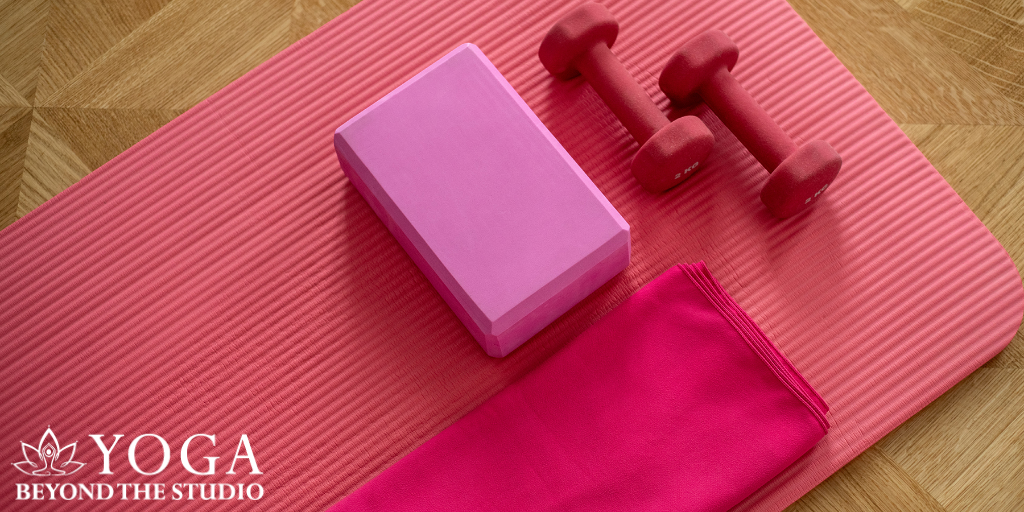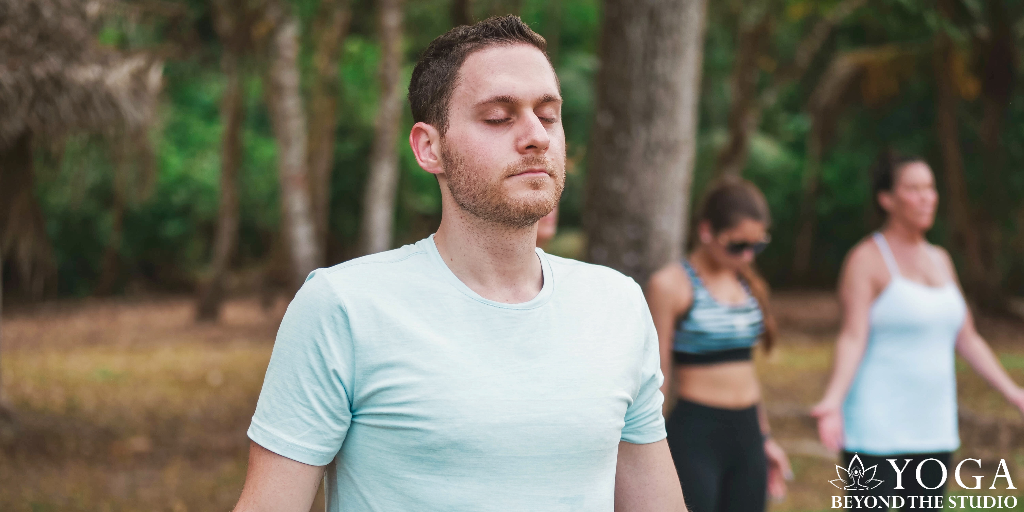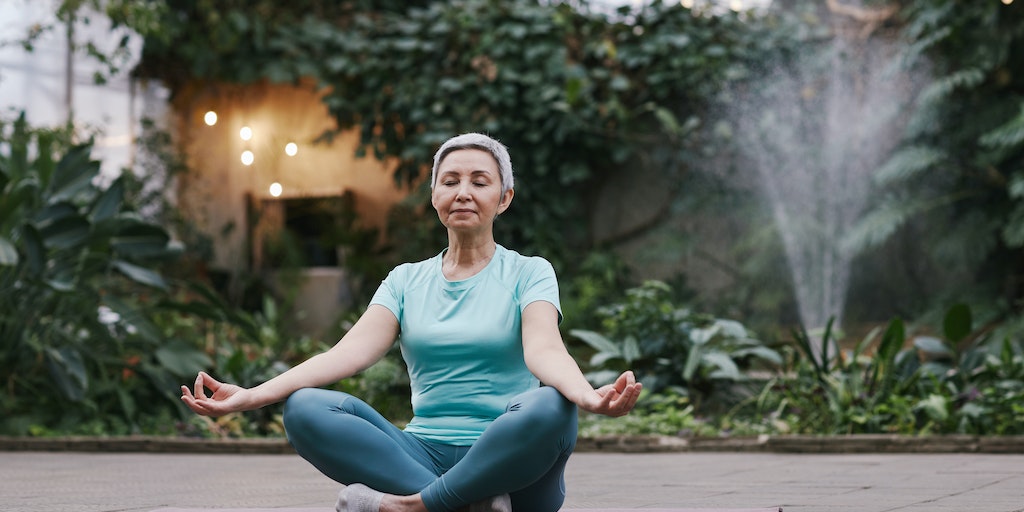
We lose about 1% of our muscle mass every year after age 60. This fact might worry you. Many people now ask “does yoga build muscle” as they look for well-rounded ways to stay fit and strong.
Research proves that yoga practise helps improve muscle definition and strength by a lot. Power yoga shows better muscle activity than traditional static poses. Your body builds lean muscle when you do various poses. These poses work multiple muscle groups at once – from shoulders and triceps to quadriceps and hamstrings.
This article will shows you how yoga builds and maintains lean muscle through its unique strength-building approach. You’ll find out the science behind muscle engagement in yoga. This practise improves your overall performance and could be your path to reaching strength goals while staying flexible.
Table of Contents
Understanding Lean Muscle and Its Role in Yoga
The muscles you develop through yoga practise are fundamentally different from those built through traditional strength training. Let’s learn how yoga shapes your physique and understand what makes muscle “lean” first.
It’s important to note that all muscle tissue is inherently lean; the term ‘lean muscle’ typically refers to muscle with minimal surrounding fat, contributing to a more defined appearance.
What exactly is lean muscle?
In stark comparison to this popular belief, all muscle is naturally lean. The term “lean muscle” isn’t technically accurate—muscles themselves don’t contain fat. People generally mean muscle tissue with minimal surrounding fat when they say “lean muscle.” This creates that defined, toned appearance many yoga practitioners want.
Lean body mass (LBM) has everything in your body except fat—including your organs, skin, bones, body water, and muscles. Studies show that yoga practise quick to decrease fat fold thickness and results in increased lean body mass over time. People talking about “lean gains” from yoga usually mean increasing skeletal muscle mass—the only type you can actively develop through exercise.
How lean muscle differs from bulky muscle
The main difference between lean and bulky muscle isn’t in the tissue itself but how it develops and appears. Research shows that lean and bulky muscles come from the same areas of the body, but look different and grow differently.
Lean muscle development creates strength without major size increases. Yoga naturally guides this type of muscle development because it uses many repetitive, low-resistance movements that help reduce body fat percentage. While yoga itself often doesn’t necessitate drastic dietary changes, incorporating protein supplements strategically can further support muscle repair and growth, aiding in the development of lean muscle. Studies show that yoga needs nowhere near as much diet manipulation as bulking regimens, where high protein and caloric intake are often emphasized. This makes yoga, potentially complemented by judicious use of protein supplements, more available to people who want general fitness rather than maximum size.
Yoga is a versatile practice accessible to individuals of all body types and fitness levels, promoting strength and flexibility in a supportive environment.
The science behind muscle involvement during yoga
Yoga involves muscles through both dynamic movement and isometric contractions. Your gluteus maximus and medius experience high to very high activation levels during poses like Half Moon and Warrior Three. These levels match strength-training exercises. These poses work as real strengthening stimuli for specific muscle groups.
Your body uses “isometric muscle contraction” while holding yoga poses—meaning your muscles work without changing length. This gentle firming of muscles toward the bone supports without restricting movement. It helps boost both strength building and stretching capacity.
Research measuring muscle activation through electromyography shows that quick transitions between poses create higher muscle activity than holding poses longer. This explains why flowing practices like vinyasa and power yoga work best to build lean muscle throughout your body.
How Lean Muscle Enhances Your Yoga Performance
Yoga doesn’t just make you look good – it revolutionises how you perform on the mat. The functional strength you get from yoga poses builds balanced muscles that make you better at your practise, unlike regular strength training.
The focus of yoga is on building functional strength and enhancing overall well-being, rather than solely on aesthetic outcomes.
Better stability in challenging poses
Your stability in tough postures gets a lot better when you build lean muscle through regular practice. Research shows that the right muscle groups activate when you arrange yourself correctly in yoga poses. This prevents injuries and creates a solid base to stretch deeper. Poses like the Warrior series and Triangle make your leg muscles stronger, which gives you the stability you need. Your stronger muscles let you hold balance poses longer and with more confidence.
Greater endurance for longer sessions
Lean muscle makes a big difference in your yoga stamina. Studies show that doing Surya Namaskara (Sun Salutation) six days weekly for 24 weeks helps practitioners last longer. Research that compared yoga to other exercises found that regular practice boosted curl-up and push-up performance. This extra stamina helps you keep good form without getting tired during long sessions.
Better body control and alignment
Lean muscle from yoga gives you amazing body awareness and control. You develop an inner sense of calm that goes beyond the mat as you mindfully position your skeleton. The right alignment puts less pressure on your joints and tissues, which affects your balance and the work needed to hold poses. Your lean muscles then help spread your weight evenly, which reduces strain on your ligaments.
Better mind-muscle connection
The strongest benefit of lean muscle in yoga might be your improved mind-muscle connection. Your brain starts all movement before sending signals to your muscles. This neural pathway works better with practice, so you can target specific muscle groups. The more you focus on using your muscles, the better your asanas become. This awareness lets you adjust poses based on your body’s daily needs.
What Are The Physiological Benefits of Building Lean Muscle Through Yoga
Yoga’s benefits go far beyond what happens on your mat. Your body undergoes lasting changes in its basic systems as you build lean muscle through regular practice.
Increased metabolic efficiency
The science backs it up – your metabolism changes remarkably when you practise yoga. Studies show that people who practise yoga for at least six months show 12% lower metabolic rates in the evening and 16% lower in the morning compared to non-practitioners. This doesn’t mean a slower metabolism – your body just gets better at using energy.
Yoga’s mix of postures, breathing techniques, and meditation guides your sympathetic nervous system to calm down. This effect stays with you all day. Your body keeps its energy levels steady while working more efficiently thanks to these metabolic changes.
Better joint protection
The lean muscle you build in yoga works like a natural brace for your joints. We lose muscle as we age – men can lose up to 30% of muscle mass over their lifetime, while women lose more quickly after menopause. Notwithstanding that, yoga builds muscle tissue that makes ligaments and tendons stronger, which creates a protective network around vulnerable joints.
Research shows these stronger supporting muscles:
- Distribute weight evenly across joints
- Reduce pressure on weakened areas
- Decrease injury risk during everyday movements
Your bones get denser too – a crucial benefit as you age. Strong muscles paired with dense bones give your joints complete protection.
Improved posture off the mat
Bad posture can make your head feel like a 60-pound weight, which speeds up spinal wear and tear. The lean muscle you build in yoga fixes this by making your postural muscles stronger to support proper spine arrangement.
Your body needs 3-8 weeks to learn new postural habits. Yoga speeds this up by strengthening your core, back, and neck muscles together. The muscle memory you develop in practice carries over to your daily movements, helping you stand tall and confident.
Standing up straight doesn’t just make you look slimmer – it prevents many health problems like back pain, breathing issues, and even incontinence.
A Few Ways to Build Lean Muscle Without Compromising Flexibility
A common myth in fitness circles suggests that building muscle will reduce flexibility. Many yoga beginners worry that developing strength might restrict their range of motion. Of course, this concern prevents many potential practitioners from discovering yoga’s full benefits.
The myth of muscle-bound inflexibility
The belief that muscle development limits flexibility lacks scientific backing. Research shows that “stiff” muscles can become an asset in your practice. Yoga’s approach to muscle development differs fundamentally from other strength training methods that might restrict movement through excessive bulk. This indicates that stronger muscles protect your joints and ligaments from overexertion. The results depend not on the practice but on how you approach it.
How yoga naturally creates functional muscle
Yoga builds functional muscle through its unique integrated approach. The practice challenges your body in diverse ways and makes multiple muscle groups work together. Your body functions at its best when you maximise movement possibilities while reducing limitations. The physical practice combines steady breathing with changing body positions through asanas, where all targeted and supporting muscles stay active. This creates what experts call “functional fitness”—strength you can use in daily activities and movements.
Complementary practices to maintain flexibility while building strength
You can maintain the perfect balance between strength and flexibility:
- Your muscles work best when bones stay well-aligned in their joints
- The body adapts better when you move slowly into poses and recognise your limits
- Props provide extra support and stability
- Proper muscle activation compresses muscle fibres and reduces unsafe stretching risks
The most effective yoga practise balances opposing forces—steadiness and ease, strength and flexibility. These elements working together help you develop lean, functional muscle while keeping the suppleness that makes yoga valuable.
Conclusion
Yoga provides a different path to strength than traditional training methods. Studies show that people who practise yoga regularly see noticeable improvements in their muscle definition while staying flexible. Your body builds practical strength that boosts both your yoga practice and everyday life.
The advantages go way beyond the reach and influence of what you can see. Your body’s proper muscle involvement during yoga creates lasting improvements in posture, protects joints, and speeds up metabolism. These benefits are especially valuable when you have age-related concerns, as they help counter natural muscle loss and keep you mobile.
Yoga proves that you don’t have to choose between strength and flexibility. Mindful practise and proper body positioning help you build lean, functional muscles that support movement instead of limiting it. This balanced method will give a lasting impact that helps both your yoga journey and overall health.
Note that staying consistent matters more than pushing hard. You should begin with simple poses and focus on correct form before moving to complex sequences. Your body will build the strength and flexibility needed for advanced poses while keeping yoga’s natural grace and flow.







Comments